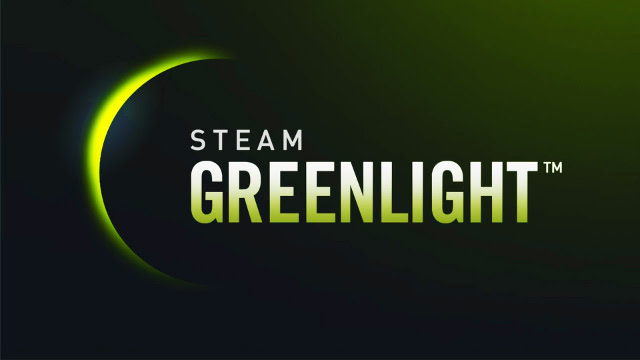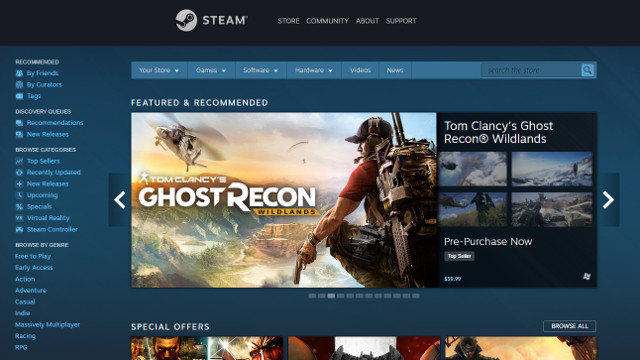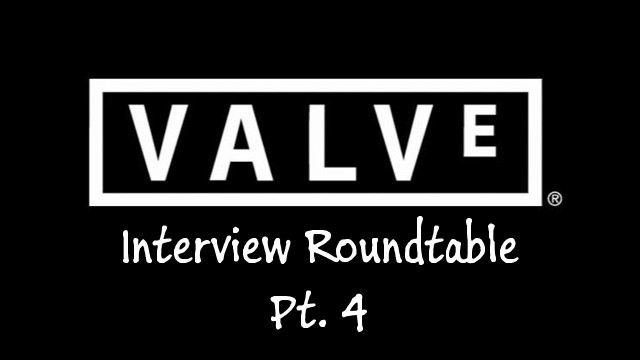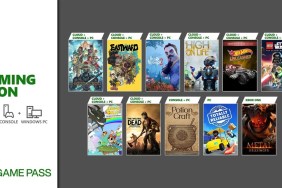Welcome to Part 4 of our Valve Interview Roundtable series. This week we had a chance to visit Valve’s headquarters in Bellevue, Washington to participate in a press interview roundtable where we spoke to several notable figures at the company, including founder Gabe Newell. In this multi-part series we will go over major talking points regarding software and the Steam platform.

- Part 1: Team Fortress 2
- Part 2: Counter-Strike: Global Offensive
- Part 3: Virtual Reality
- Part 4: Steam
The final interview session featured Tom Giardino, Alden Kroll, and Chris Boyd in a discussion specifically about its Steam platform. The big topic of the day was the replacement of Greenlight, a Steam user-led curation system that allowed customers to vote for which games they’d like to see published. In its stead will be Steam Direct.
Tom Giardino would start by describing why Greenlight was created in the first place, citing the time and resource requirements needed to curate such a significant number of games. “How do we pick 10 of these hundreds of good games that could easily come to Steam?”, he said. “Instead of saying there’s a bunch of good games and [Valve’s] the bottleneck, how can we get out of the way?”. In this way, Greenlight served as a stepping stone for allowing a much larger number of games to be published on Steam.

Alden Kroll would add by sharing that the industry “is in a fundamentally different place now than it was five years ago when [Valve] were more hands-on with the curated model.” The number of games has skyrocketed and continues to grow. Steam Greenlight wouldn’t be able to keep up over time.
With this in mind, Steam Direct will be something with very few barriers between a developer and the Steam store, simplifying what traditionally has been a cumbersome experience across the industry, regardless of platform. In-fact, all that will be necessary is that the developer completes the paperwork required by law and pays a fee. Assuming the game then meets basic validation, it’s off to the races.
The publishing fee price has been a significant topic of debate within Valve, with many developers offering conflicting input. Kroll would explain that while a low price will encourage developers by making publishing financially reasonable, it also allows for a low-risk opportunity for people with nefarious intentions. As of right now, Valve expects that the fee could be anywhere between $100 to $5,000. Made better, “you can recoup that fee if your game earns revenue”, said Giardino.
That’s not to say that Valve doesn’t know how to prevent malicious products from ending up on its Steam Store. As Kroll would explain, “There is a brief review process where [Valve] launches the game. We look at it. Does it run on the operating system that it says it’s going to run on? Does it look like a game? Is there something there?”. It’s a much lighter-weight process than what most other publishers are doing, and has served Valve well to this point.
With the introduction of Steam Direct there’s certain to be an increased volume of games published on the store. Understandably, this raises concern for developers who have enough trouble as it is marketing their game within a heavily saturated market. In response to this, Valve has been investing in what it calls Discovery Updates for more than two years now.

Discovery looks at several pieces of data from a user to understand their interests and purchasing habits. With this, it populates the storefront with titles that it believes the user will be most interested in. “If 500 games come out and you’re able to find that five that appeal to you, then the other 495 don’t matter”, said Chris Boyd. This targeted method of advertising products has contributed to greater sales volume and greater activity among Steam users.
The last part of the discussion was focused on Steam Support. After acknowledging that Valve has a reputation for “bad support”, sometimes taking more than 30 days for a response, Chris Boyd shared that recently there has been a lot of attention paid to the support process, starting with “significantly expanding the size of the support team”. Language support and features have also been given attention with great results.
Despite major improvements, Boyd shared that Valve isn’t done with improving the process. Efforts will continue with expanding the team and optimizing the ticket system, which recently saw a vast overhaul.
I asked specifically about the refund system, which is described strictly as only allowing two hours of playtime for a title purchased within the last 14 days, but has demonstrated otherwise on numerous occasions. Boyd answered that there “is some leeway. The reality is that we look at all those tickets”, alluding to Valve’s support team answering on a case-by-case basis. At this point, Valve sees the system as effective, but is open to changing it as necessary.
Valve plans to make notable additions to Steam in the near future, affecting things such as the in-game overlay and layout. But really, the most dramatic changes happen in the back-end, and that became clear during our discussion.
For more on Steam Direct, you can read Valve’s official blog post here.
This concludes our four part Valve Interview Roundtable series. We would like to thank the people at Valve for inviting us to their office, and for taking time to speak with us.







